
Australians arguably aren’t buying electric vehicles; they’re buying Tesla EVs instead.
According to official registration data, 10,877 Tesla Model 3s were sold in 2022 – marking it the best-selling electric car in Australia and ousting the significantly cheaper venerable Toyota Camry sedan (9538).
For context, the company sold 2160 more examples than the related popular Tesla Model Y medium SUV (8717) and a whopping 8764 – or around five times more – than the cheaper BYD Atto 3 newcomer (2113).
Despite weakening demand for conventional sedans in favour of higher-riding SUVs, the introduction of the Model Y and extended wait times due to supply chain constraints, Australians are still queueing for the Model 3.
So, what makes the Tesla electric car such a success?
Price and value
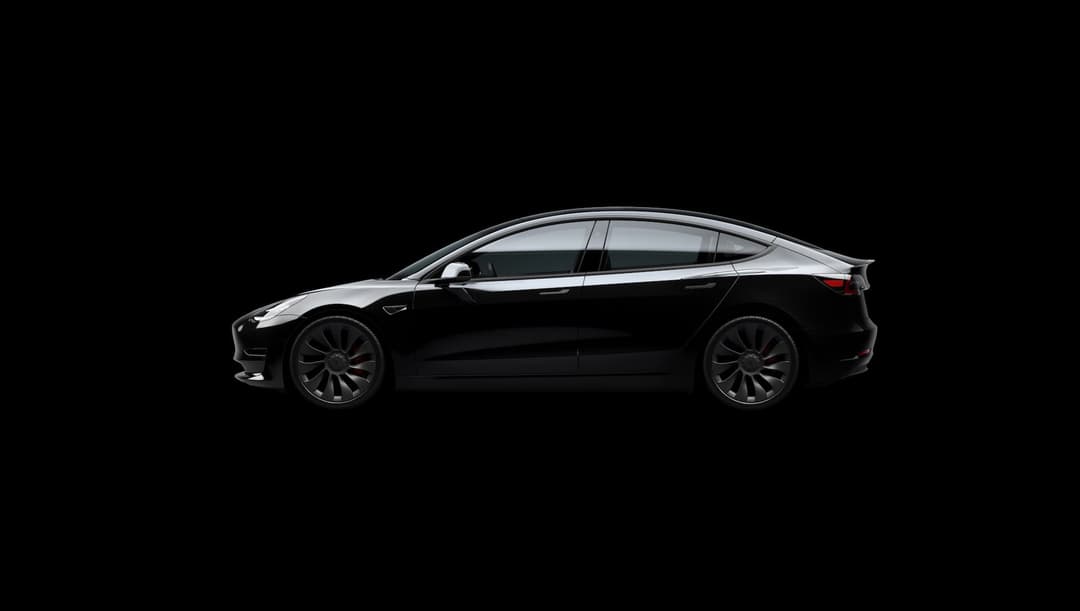
While the automotive industry continues to battle supply chain shortages and inflation causing consistent price rises, Tesla has subjected the Model 3 to fluctuating price cuts and increases.
However, for an electric car starting in the $60,000 price range, it still represents good value by packing most features as standard on the base Model 3 rear-wheel drive (RWD).
Similarly priced rivals such as the Polestar 2 liftback, Cupra Born warm hatch, and Kia Niro EV small SUV don't offer the same equipment levels or instead bundle them in option packs which adds to the cost.
Additionally, Tesla (along with BMW and Mini) adopt a condition-based servicing scheme – meaning there’s no scheduled time or distance travelled required for a checkup, resulting in theoretically cheaper servicing
Instead, it recommends a range of routine maintenance tasks and sensors in the vehicle will notify the owner when it’s time for a checkup using its mobile service vans or the service centre.
How much it cost to own a Tesla Model 3?Supply
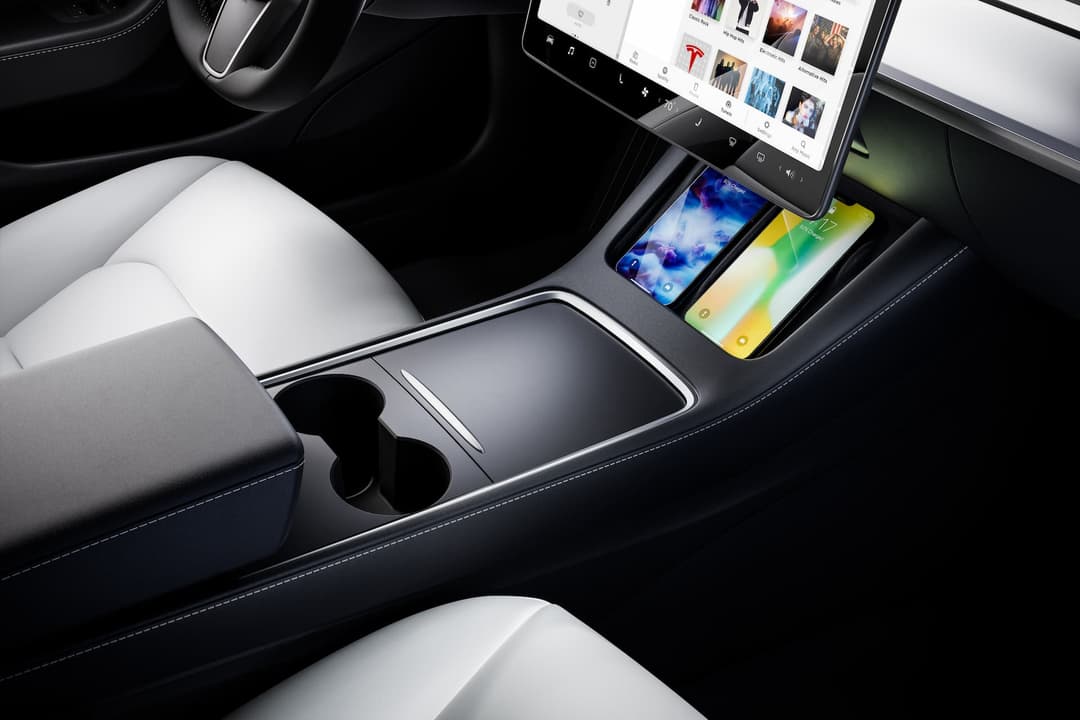
The Tesla Model 3 has benefited from the supply constraints of other car brands and adopts a fixed-price, online-only purchasing model with a queueing system.
Critically, there's seemingly no stock limitations to Australia.
The Shanghai-made Model 3 has the advantage of a local supply chain in China, locally-made batteries and cheaper labour costs, resulting in more stock and reduced price tags.
As at the time of writing, new Model 3 orders today only need to wait between one to two months for delivery – according to Tesla's configurator estimates.
In contrast, sought after electric cars, including the Polestar 2, Kia EV6, Hyundai Ioniq 5 and Volvo XC40 Recharge suffer from typically longer wait times than Tesla EVs and could stretch for up to a year.
Some carmakers have set allocation limits due to strong demand in overseas markets, Australia's lagging uptake for EVs and lack of emissions mandates here means we're often de-prioritised in the supply list.
Efficiency and performance
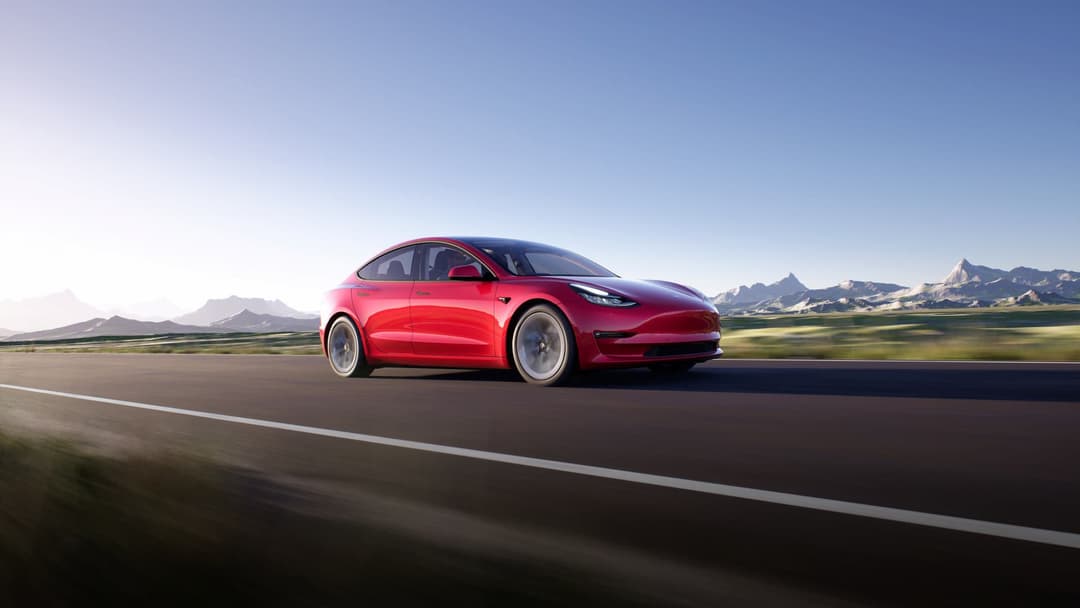
The ground-up electric sedan offers one of the best range, efficiency and performance figures at its price point for an electric car.
The entry-level Model 3 RWD features a lithium-ion phosphate (LFP) battery, which has a longer lifecycle, doesn't use the expensive and environmentally-harmful cobalt material, and Tesla recommends regular 100 per cent charging.
For a 'base' model, it also balances good performance and efficiency figures thanks to the company's experience with developing electric drive units and aerodynamic designs, resulting in 491km of claimed WLTP range.
Opting for the Long Range brings dual electric motors, all-wheel drive, and a larger nickel-cobalt-aluminium (NCA) battery providing an impressive 602km claimed range, albeit with a 90 per cent charging limit recommendation.
The flagship Performance houses the same battery pack as the Long Range, but ups the ante of the twin electric motors for ultra-rapid acceleration times, while still being able to offer 547km claimed range.
View the full Model 3 price and specsTechnology
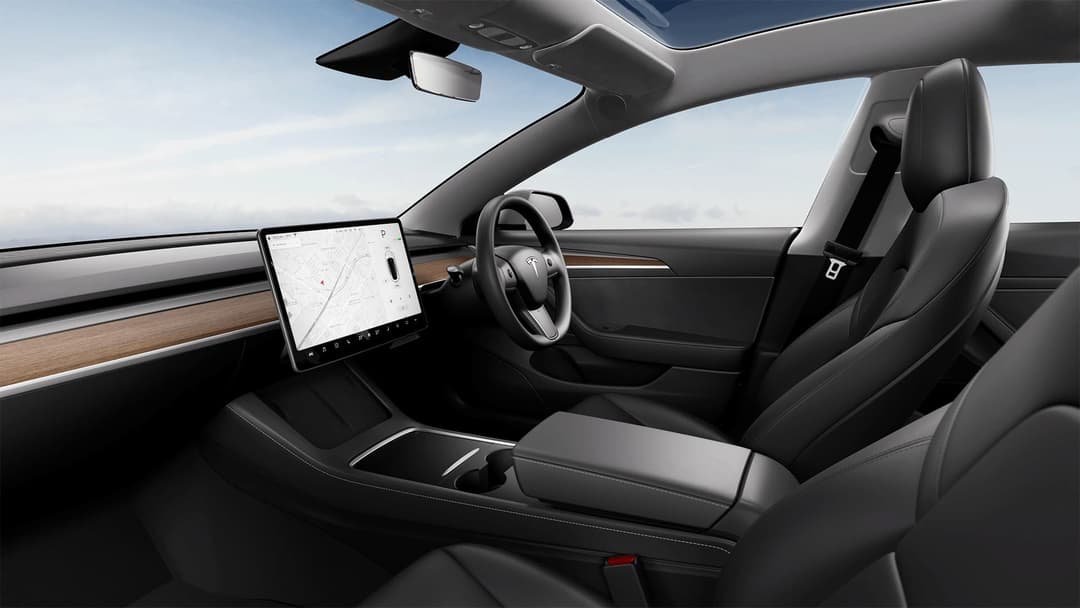
The Model 3s futuristic, minimal, lounge-like interior with animal-free leather, matte black textures, and suede materials is unique compared to a typical new car.
While having climate controls, steering wheel adjustments, and even the speedometer placed on the large central 15-inch touchscreen is contentious for some, it seems to have won the hearts of many car buyers as well.
The system has a good track record of receiving consistent over-the-air software updates, adopts built-in Google Maps with Tesla Supercharging stop planning to allay 'range anxiety', can stream music and videos, and play arcade games.
There’s also its 'Basic Autopilot' safety assistance suite, camp, dog, keep climate on, car wash and even romance modes, plus a light show, built-in dashcam, and sentry recording mode functions not often seen in most new cars today.
The feature-rich smartphone app is also a key selling point, which allows owners to use it as the car key (replacing the Tesla card key), pre-condition the interior before entering the car, manage charging, open the tailgate and frunk, view the car’s live surroundings, book a service, and more.
The Model 3 is still practical, too, by using dedicated electric car platform to offer 649-litres of cargo space across the boot and frunk, with the former featuring a deep well in lieu of a spare wheel.
Tesla EV chargers
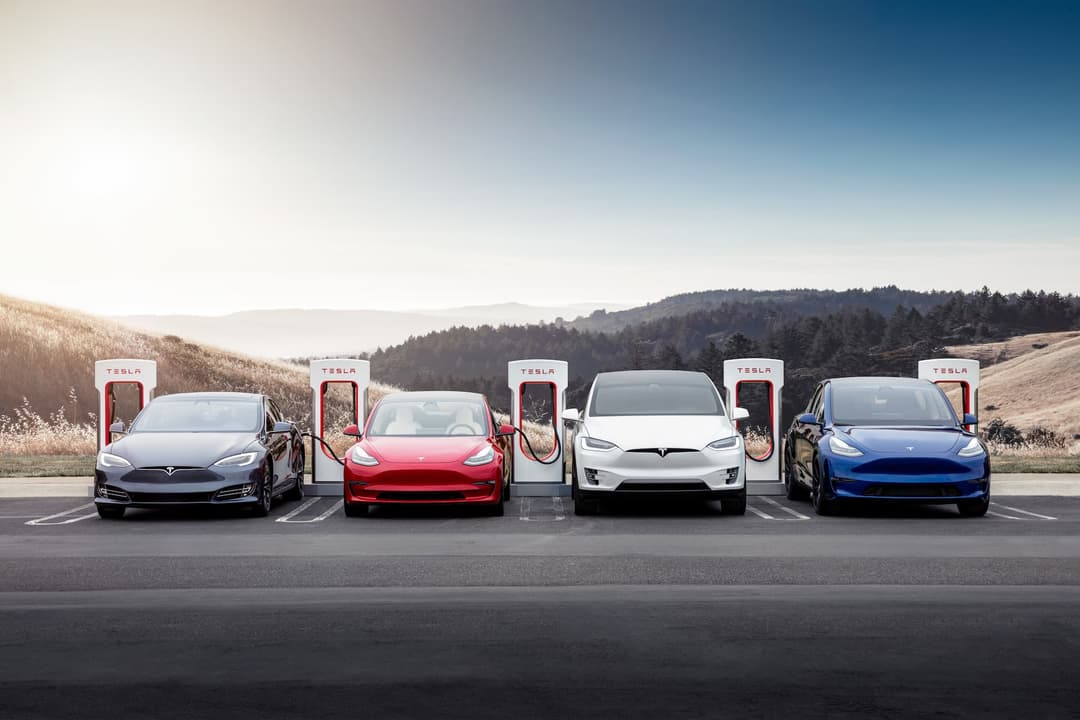
The Model 3 benefits from being one of the most widely compatible EVs to plug-in at public AC and DC charging stations using the standard Type 2/CCS2 port to plug in at any public network.
It has exclusive access to the more than 50 DC Tesla Superchargers currently around the country – although the company is starting to open the network up to all EV models.
The built-in touchscreen software also plans Supercharging stops automatically to allay 'range anxiety', shows the availability of stalls in real-time, pre-conditions the battery to receive the fastest possible charge rate, and is a 'plug and charge' setup with no mobile apps or cards needed to activate each charging session.
However, it's worth noting that this convenience comes at a cost – Tesla Superchargers are one of the most expensive in the country and is comparable to refuelling a petrol or diesel car.
Are Tesla Superchargers worth it?Though, an underrated selling point, are Tesla 'Destination Chargers' with more than 290 AC Tesla wall boxes scattered at cafes, motels, and shopping centres.
It’s worth noting that, while Tesla wall boxes are able to charge any EV model using a Type 2 connector, some locations have specific signs prohibiting non-Tesla electric cars from charging.
New owners can also purchase Tesla's 11kW AC Wall Connector ($750) and previously included Mobile Connector ($550) three-pin trickle charging cable accessories without needing to go anywhere else.
Tesla Model 3 FAQs
Datawrappers by Danny Thai
About the author
Stay up to date with the latest EV news
- Get the latest news and update
- New EV model releases
- Get money savings-deal

